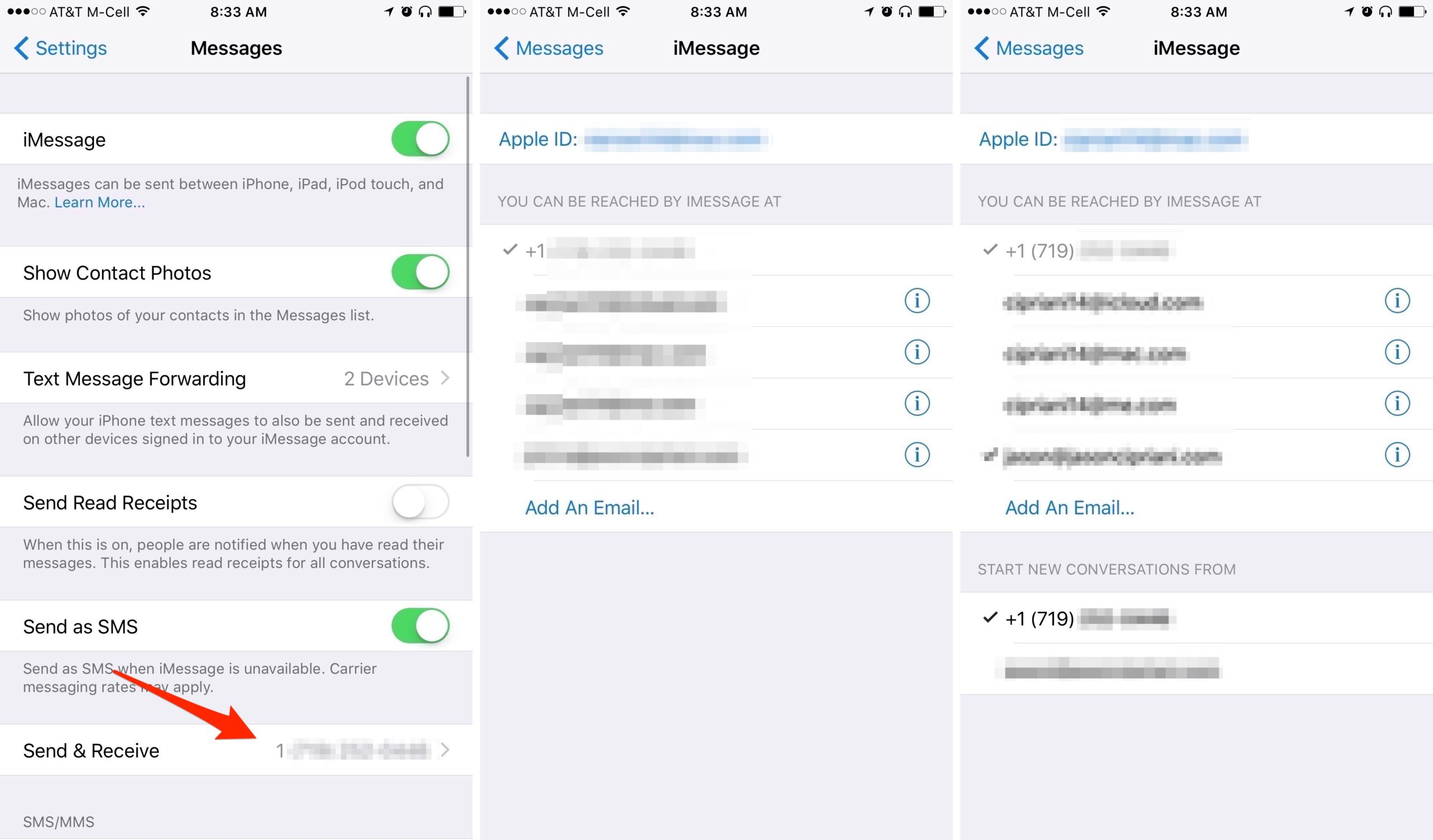In an era where digital communication is ubiquitous, understanding the nuances of how messaging platforms secure user content is essential. One significant concern among tech-savvy users is whether iMessages utilize the same cryptographic key across multiple devices—an inquiry that invites both curiosity and a challenge to unpack the intricacies of Apple’s secure messaging framework.
To comprehend this issue, one must first analyze the foundational architecture of iMessage. Apple employs end-to-end encryption (E2EE) to safeguard the integrity and confidentiality of messages exchanged on its platform. When a message is sent, it is encrypted with a unique key that is only accessible to the sender and the intended recipient. This secure mechanism ensures that even if the data were intercepted, unauthorized parties would be unable to decipher the content due to the rigor of the encryption process.
The technology underlying iMessages involves the use of asymmetric cryptography, which is predicated on a pair of keys—the public key and the private key. The public key is shared among devices, while the private key remains confidential, locked away in a digital vault accessible only through the user’s Apple ID. This bifurcation of keys serves as the backbone of the security model, allowing Apple to maintain a stronghold on the communications of its users.
But that raises an intriguing question: Does the same key get used across all the devices? At face value, it seems logical that uniformity in cryptographic keys across devices would simplify the user experience, particularly for those who rely on multiple Apple devices, such as iPhones, iPads, and Macs. After all, seamless synchronization is a hallmark of the Apple ecosystem. However, this simplistic viewpoint belies the complex interplay of security protocols designed to protect user data.
In reality, every device enrolled in the Apple ecosystem generates its own unique pair of keys for end-to-end encryption. This ensures that even if a user accesses the same iMessage account from multiple devices, each device’s communication is authenticated using its distinct encryption keys. For instance, if a user sends a message from an iPhone, that message is encrypted with a key generated by the iPhone, which is separate from the key used on an iPad or a Mac. This architecture ensures that the risk of a single compromised device translating into an overarching vulnerability across all devices is significantly mitigated.
Subsequently, when a user initiates a message from one device, the corresponding encryption key is employed to encode the message before transmission. Upon reception, the corresponding device utilizes its private key to decrypt the message. This key differentiation adds a layer of complexity to potential attacks, ensuring that an adversary would need access to multiple unique keys to fully breach the communication across all devices.
This multifaceted approach to security is strengthened further by Apple’s commitment to protecting user privacy. For example, never does Apple store messages in an unencrypted format or retain any information that could lead to the reconstruction of the message content. Coupled with this is the concept of ephemeral key generation, whereby new keys can be created for each interaction, adding yet another layer of protection.
However, despite these robust security measures, questions linger around the management of keys and the entanglements of usability. For example, if a user loses one device, could malicious actors exploit the situation to glean access to the other devices? While Apple’s design dictates that without the necessary private key held securely on the individual devices, unauthorized access remains virtually impossible, the challenges of securing user data in a 24/7 connected world remain poignant.
It is also critical to recognize the implications of iMessage in the broader context of mobile security. Given that messages can be synchronized across devices, users must maintain vigilance by ensuring their devices are secured through strong passwords, biometric authentication, and regular updates. Furthermore, the challenge extends to fostering a comprehensive understanding of digital privacy among users, many of whom may not fully grasp the implications of key management and data encryption.
In conclusion, while it may appear straightforward to presume that iMessages would use the same key across all devices, the truth unveils a sophisticated architecture designed to fortify user privacy and security. The inherent uniqueness of cryptographic keys assigned to each device underscores a commitment to maintaining confidentiality and integrity across communication channels. Even as technology advances and new threats emerge, Apple’s layered approach to security seeks to inspire confidence among users navigating the digital landscape.
Ultimately, the question of whether iMessages use a uniform key across devices is not merely an inquiry of interest but a gateway into the persistent challenges of digital security management. As users continue to engage with multiple devices, maintaining an acute awareness of these underpinnings becomes critical in safeguarding their conversations and personal information.








Leave a Comment